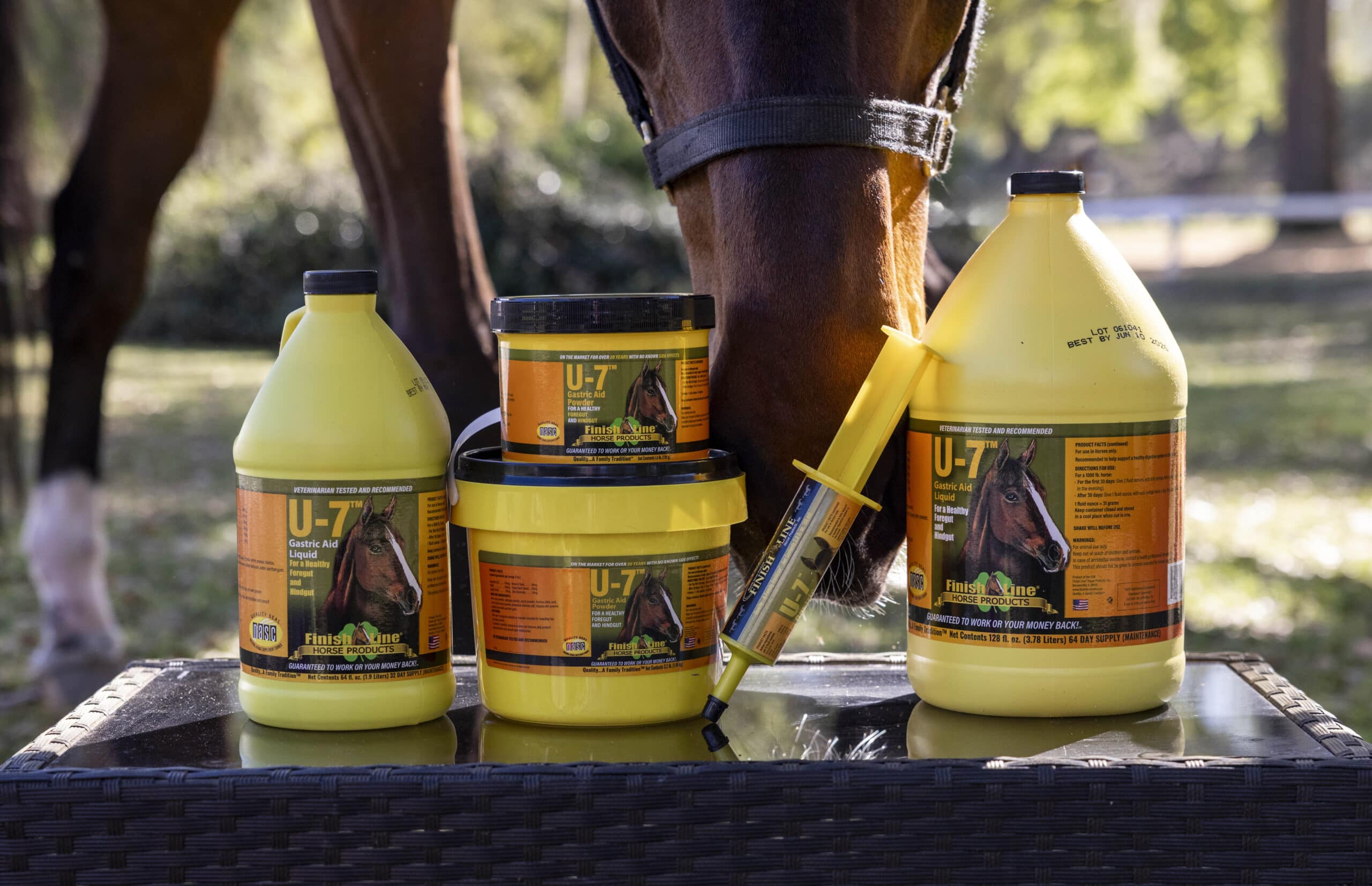Taking care of your tack is like keeping your house clean. If you remember a few simple steps – wash a plate after you use it, water the plants every day and the like – you won’t find yourself facing a huge mess and calling a professional cleaner in the future. Likewise, attending to your tack after using it helps it last longer and keeps expensive repairs or replacements to a minimum. Here are a few things to keep in mind to preserve your tack:
“Wipe your tack daily to prevent dust from collecting.”
Clean equipment lasts longer
At minimum, you should wipe your tack with a damp cloth after every use. Ideally, you want to clean it daily to prevent dust from collecting. Colleen Meyer, owner of Advanced Saddle Fit in Marlborough, New Hampshire, explained to The Chronicle of the Horse that dust is deceptively, microscopically sharp.
“It will grind into the matrix of the leather and degrade it,” Meyer explained to the publication. “If you wipe it down very lightly with a cloth-covered sponge and put a cover on it before you store it, that’s a very simple thing that can prolong the life of the leather and protect it from excessive wear.”
Clean your tack once or twice a week with warm water and saddle soap or mild castile soap to remove dirt, sweat and any muck. This prevents particles from getting stuck in the leather-conditioning product you use and permanently adhering to the tack. Don’t just clean the outside – make sure you thoroughly wipe any area that comes in contact with your horse. The salt from the equine’s sweat is particularly damaging to leather.
To wash your tack, grab your soap, a sponge, a nylon bristle brush and a bucket of warm water. Many people believe water and leather don’t mix, but, in a conversation with Stable Management, saddlemaker Cary Schwarz explained how this idea is a misconception. Water is only damaging if left on leather for an extended period of time. Yet this commonly held fear leads people to scrub the soap – sans water – directly on to the leather and leave it. This removes some of the dirt but pushes other particles farther down into tack’s pores.
“Warm water opens the pores in leather so small pieces of dirt can get out.”
Wash your tack by applying soap, using a nylon brush to work the soap into a lather, then washing it clean with the sponge and warm water. Avoid hot water, especially on old leather, as this will cause the tack to shrink. Also, take apart your tack every month or so to give it a thorough cleaning and inspect for wear and tear.
If you want to use specific cleaning products for your tack, rather than castile soap, Meyer advised making note of the tanning process used on your leather. Most European tack undergoes vegetable tanning, while Western equipment makers favor chrome tanning. If you use a cleaner that is too harsh for your leather’s tanning process, it can strip layers of color away. Using products that match your tack’s style – for instance, using European cleaners on a European saddle – means the chemical ingredients will most likely be appropriate.
Revitalizing old tack and removing mold
Condition your leather after cleaning to prevent it from drying out. If you find the leather is exceptionally brittle or hasn’t been used in a while, apply neatsfoot oil to make it soft and supple again. Make sure you use a product that’s 100 percent natural like Finish Line’s Neatsfoot Oil so your stitching doesn’t rot.
Keep in mind that leather is prone to mold, especially if it sits in humid climates. This mold weakens the tack’s stitching and leather, and it’s difficult to get rid of completely. Prevention is therefore key, so horse owners should make sure their tack room is properly ventilated and equipped with a dehumidifier. Those in wet climates should store their tack in bags with a desiccant to remove water.
If your tack does develop mold, Horse Channel advised taking your equipment to an open area free of other leather possessions. Use a soft brush to remove as much mold as possible, then wipe the tack with a mixture of three parts water to one part vinegar. Follow with a water-based cleanser, and then allow your tack to dry completely before returning it to the tack room. Don’t forget to thoroughly disinfect the brush you used to prevent mold particles from transferring to other areas.
Your tack will wear down eventually, and replacing it is inevitable. With proper care, however, you ensure your equipment lasts as long as possible.









